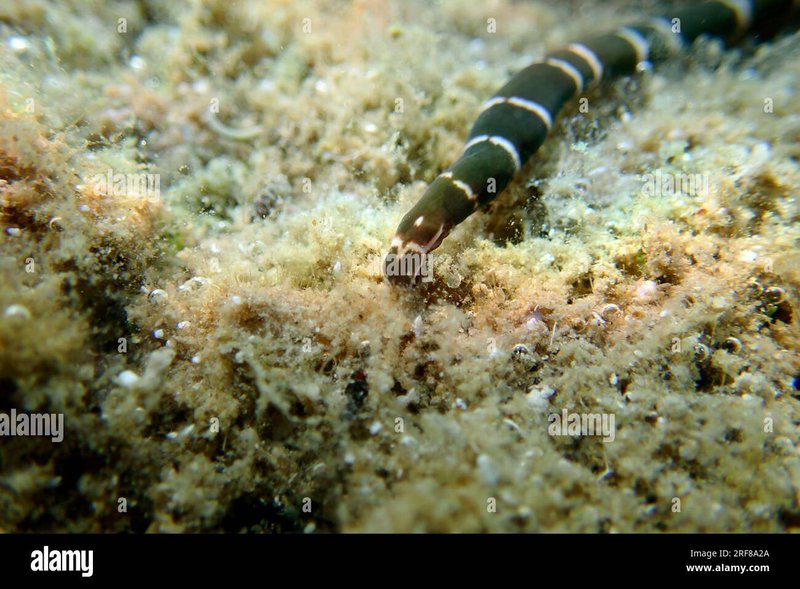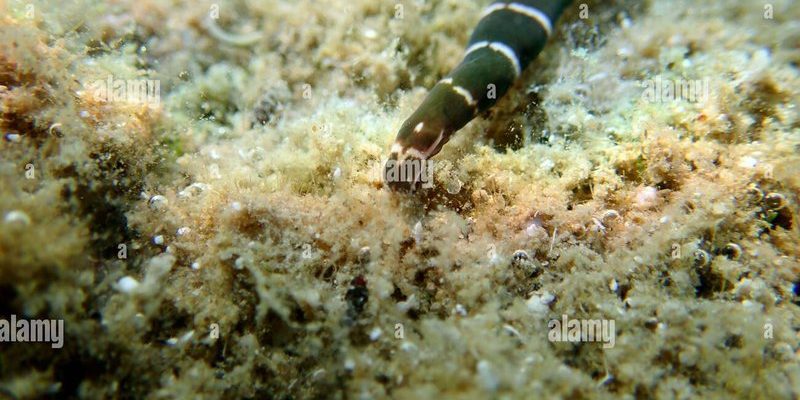
Imagine the ocean as a bustling city, with each creature playing a different role—some are builders, others are hunters. Bootlace worms, while they might look harmless, are part of this intricate web of life. But who exactly preys on them? Let’s dive into the world of bootlace worms and explore their natural predators.
What are Bootlace Worms?
Bootlace worms belong to the *Lineus* genus, primarily found in European waters. Their long, flat bodies can be quite a sight, often hiding in seabeds or buried under sand. These worms are primarily known for their **remarkable regeneration** abilities and their ability to secrete a toxic mucus, which provides a layer of protection against predators.
These worms are generally **marine polychaetes**, which means they have bristle-like structures called chaetae along their bodies that help them move through the water and sediment. Despite their defenses, bootlace worms are not invincible. Their unique biology makes them a target for various marine animals.
The Role of Natural Predators
Predators are essential to maintaining the balance in any ecosystem, including the ocean. They help control the population of their prey, which ensures that no one species overwhelms the environment. For bootlace worms, their predators play a significant role in shaping their behavior and distribution.
You might wonder how these oceanic predators find their meal. Many predators rely on their keen sense of smell and sight to locate bootlace worms. For example, larger fish often use their sharp vision to spot these long, thin worms swimming close to the surface or poking out from the sand.
Common Predators of Bootlace Worms
Several marine creatures feast on bootlace worms, each employing unique hunting strategies. Here are some of the main predators:
- Fish: Many types of fish, especially those that prefer a diet of worms, will hunt down bootlace worms. Species like flounders and wrasses have been known to dig them out of the seafloor.
- Cuttlefish and Octopuses: These intelligent cephalopods often use their camouflage and agility to ambush bootlace worms, making them formidable hunters.
- Crabs: Crustaceans like crabs will also venture into the sand to find their wormy meals. Their powerful pincers can easily extract worms from their hiding spots.
- Sea Birds: Some birds, especially shorebirds, will hunt for bootlace worms along the coastline, grabbing them with their beaks as they probe the sand.
Each of these predators has its techniques and tools, illustrating the diversity of ocean life.
How Bootlace Worms Defend Themselves
Bootlace worms might be long and slimy, but they’ve got tricks up their sleeves to ward off potential threats. One significant defense mechanism is their **toxic secretions**. This mucus can deter fish and other creatures from munching on them.
Additionally, the ability to **regenerate** is another fascinating trait. If a predator manages to snag a piece of the worm, the bootlace worm can grow back that lost part over time. This remarkable adaptation allows them to survive encounters with predators that might otherwise be lethal.
The Impact of Predators on Bootlace Worm Behavior
The presence of predators can influence the habits and behaviors of bootlace worms. For instance, these worms might choose to hide deeper in the sand during peak feeding hours for their predators. This behavior is a survival tactic. The more cautious they are, the better chance they have of escaping an encounter with a hungry fish or crab.
You might even see them in a curled position when threatened, making it harder for predators to grab them. These actions illustrate how the balance of predator and prey shapes the lives of bootlace worms, even without their knowledge.
The Significance of Bootlace Worms in the Ecosystem
Despite being preyed upon, bootlace worms are vital to their environment. They help aerate the seabed, allowing nutrients to circulate and promoting a healthy ecosystem. Their presence can influence the types of species that thrive in a particular area.
Moreover, as they consume organic material from the substrate, they contribute to nutrient cycling. Healthy bootlace worm populations mean a richer environment for predators and other marine organisms.
Conservation of Marine Life
Understanding the natural predators of bootlace worms highlights the importance of conserving our marine ecosystems. Overfishing and habitat destruction can disrupt this delicate balance between predator and prey. If bootlace worms diminish, the species that rely on them for food may also struggle.
Conservation efforts, such as establishing marine protected areas and sustainable fishing practices, can help maintain this equilibrium. It’s crucial for the health of our oceans and the creatures living within them.
Bootlace worms may look like simple marine creatures, but they play a complex role in their ecosystems, navigating life with a host of natural predators. From fish to octopuses, each predator brings its strategy, while bootlace worms employ remarkable defenses to survive. By appreciating the balance between these marine animals, we can better understand the importance of preserving our ocean environments for all creatures involved.
So, next time you think about the ocean, remember the hidden drama unfolding beneath the waves and the fascinating relationship between bootlace worms and their predators. Nature truly has a way of intertwining lives in the most unexpected ways.

